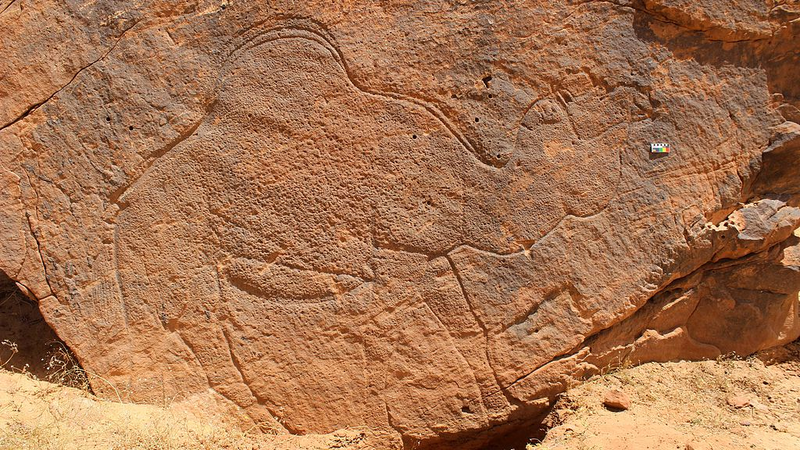Ever thought ancient hunter-gatherers couldn’t leave you breadcrumbs? Think again! A crew roaming the northern Arabian desert 12,000 years ago literally carved life-size camels and other wildlife into sandstone to show where water was hiding. 🐪💧
Monumental Camel Engravings 🐪
Researchers discovered over 60 rock panels spanning about 30 km south of the Nefud desert in northern Saudi Arabia. On these boulders and cliffs, they found 130+ animal images—mostly camels, plus ibex, gazelles, wild donkeys, and even an aurochs (the wild ancestor of cattle). Some camels measure over 2 meters tall!
Rock Art as Ancient Water Maps 💦
Instead of GPS, ancient artists used giant carvings to mark hidden springs and oases. These engravings acted like desert signposts, guiding fellow nomads to vital water spots in one of Earth’s toughest terrains.
Desert Daredevils on Sandstone ⛰️
Some carvings sit low on rocks, but the real adventure starts when you look up—one cliff panel is 39 meters above ground, depicting 19 camels and three donkeys. To carve these, artists balanced on narrow ledges, unable to see their full masterpiece up close. Talk about mission impossible! 😅
Connecting the Past and Present 🌍
This discovery isn’t just a cool story—it reminds us how creativity and community-focused solutions helped ancient people survive extreme environments. From the Bhimbetka rock shelters in India to Sulawesi’s cave art in Indonesia, humans have long used art to communicate and connect.
In today’s world, facing climate challenges and water scarcity, these 12,000-year-old messages have extra resonance. They’re a powerful reminder that innovation and cooperation can light the way—no matter how vast the desert.
Reference(s):
Camels carved in ancient Arabian rock art indicate vital water sources
cgtn.com



